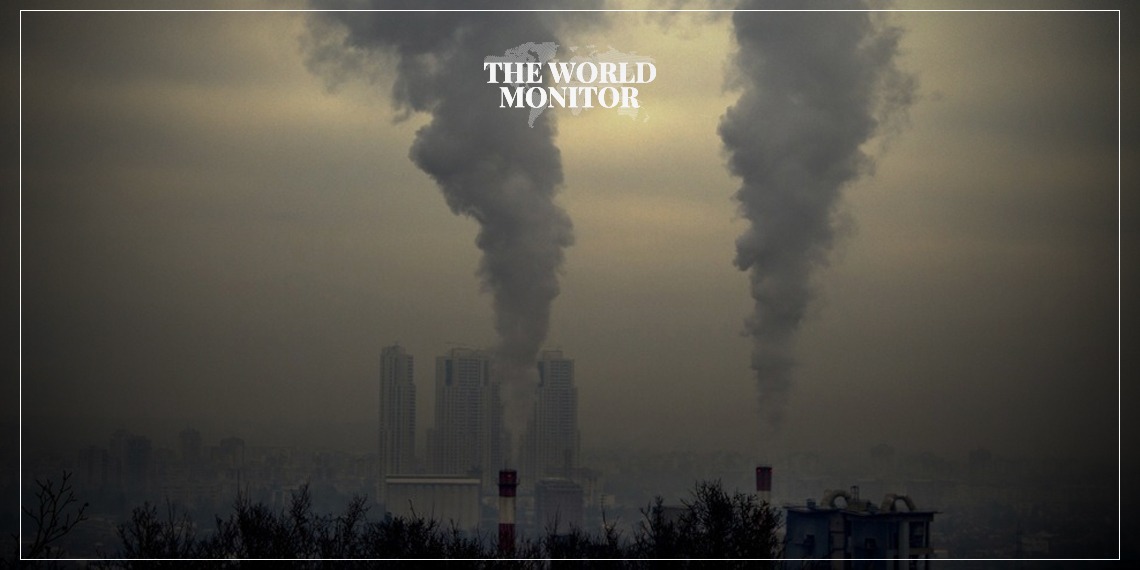The European Parliament voted today, 24 April, to introduce stricter standards to measure air pollutants and improved monitoring.
The Parliament plans to implement new higher thresholds planned to be implemented in 2030. These revised limits will target pollutants including particulate matter, nitrogen dioxide, and sulfur dioxide among others.
The decision comes after European Union (EU) member states’ representatives and the European Parliament reached a provisional agreement in February.
The European Parliament stated that the new rules are designed to ensure that air pollution in Europe does not harm human health.
For instance, under the new regulations, citizens would be entitled to compensation if they fall ill due to non-compliance with the established air quality standards.
This legislative move underscores Europe’s commitment to enhancing environmental health and safety standards across the continent.
Lawmakers backed the Ambient Air Quality Directive (AAQD), proposed in 2022 by the European Commission, with 381 votes in favour and 225 against, during the last plenary session of this EU mandate.
The new rules introduce a zero-pollution goal for 2050 and air quality standards for 2030 that are closer. However, the rules do not align with the World Health Organization (WHO) guidelines.
“These flexibilities can only be used with safeguards together with local authorities,” lawmaker Javi López (Spain/S&D), leading the file in Parliament, told reporters.
“We introduced standards and improved monitoring. We have a law about the enforcement but every member state and local or regional authority can decide the kind of policy mix they do to move on this direction,” added López.






